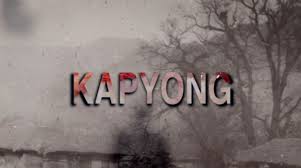
“Yesterday the fierce fighting began and today the gallant soldiers and Nurses of the ROK, Australia and Canada were forced to withdraw after a gallant victory against insurmountable odds to defend the road to Seoul.
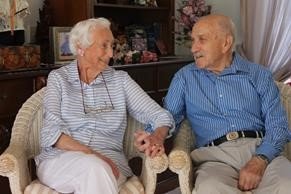
We bless them and thank them who served, their widows and families and those who failed to returned but leave their names on the Memorial Gold Coast Queensland and the RAR National Memorial Walk.”
Lest we forget
From the Desk of Maurie Pears
COVID 19 restrictions have limited any formal Kapyong commemorative service at the National Memorial Walk. Nevertheless, a small group of Dads’ Army were present this morning to dress the Walk with the Australian Flags positioned at every memorial tree and wreaths being laid at the Memorial Plinth.
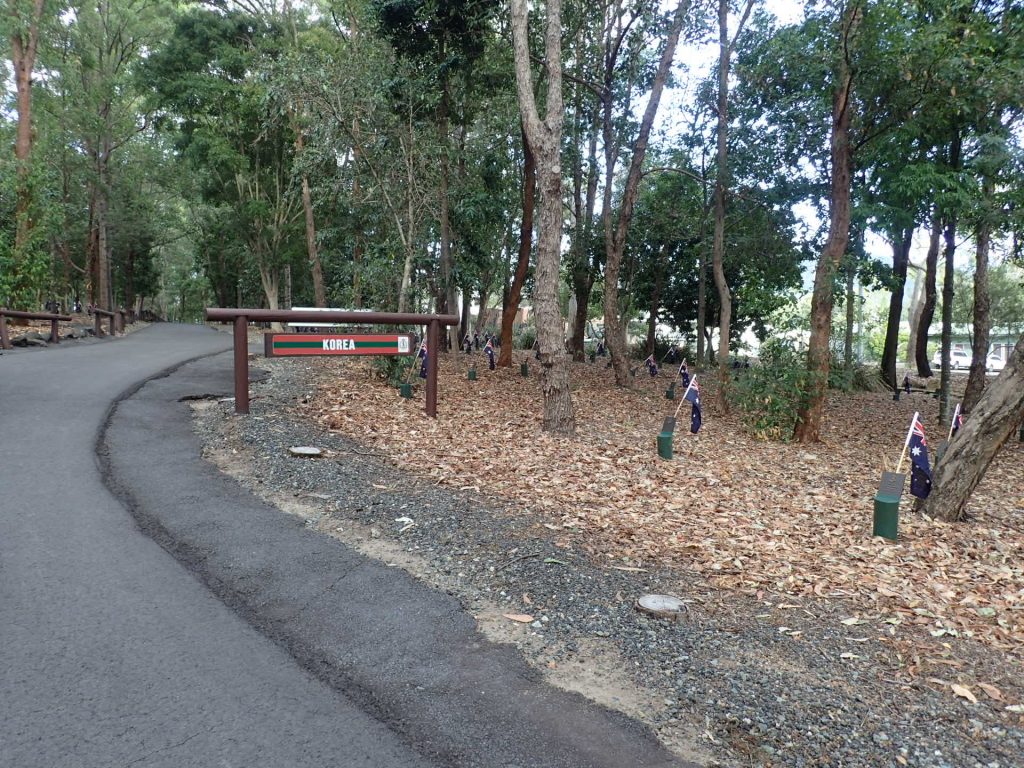
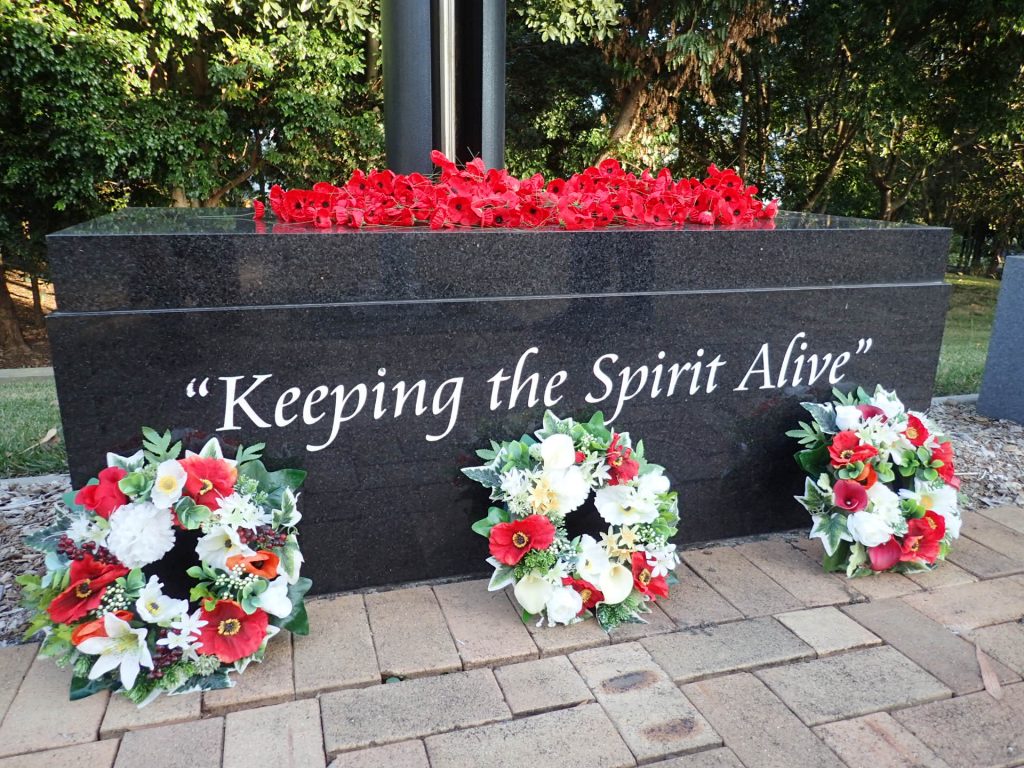
The concept for the Regiment’s National Memorial Walk was personally initiated by Mick Servos a 3 RAR Korean veteran who was wounded at Kapyong and present at the Maryang San battle. Mick researched and planned the project over four years before being sponsored initially by the 3 RAR Association and later the Royal Australian Regiment Queensland Branch. Mick at aged 94 is an occasional visitor to the NMW to ensure it is in good order.
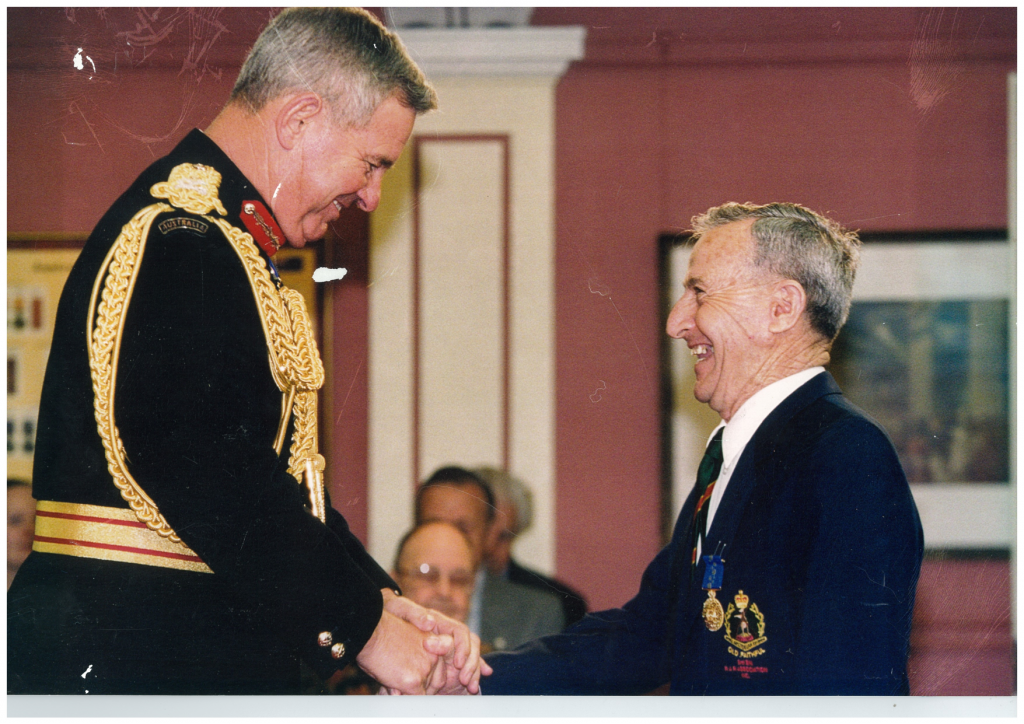

Until recently the 3 RAR Association conducted a Kapyong Day service and picnic lunch at the NMW. But their ageing and reducing membership together with Gallipoli Barracks’s security restrictions caused them to assemble at an RSL Club.
The Korean War although considered by many to be the Forgotten War should not be so. It is the last full scale conventional war fought by Australian troops and needs to be studied by military professionals. Start with Out in the Cold: Australia’s involvement in the Korean War
Australians in Korea
Many thousands of Australians served in Korea during the war; some continued to serve for another four years after it had ended. Australian army battalions, navy ships, air force squadrons and medical teams contributed to the Commonwealth nations’ force in Korea.
“The Korean War was overwhelmingly a land war, in terms of numbers of participants, casualties and material costs. It was fought across rugged terrain through which ran only rough, narrow roads and tracks. Operations were further complicated by extreme conditions of heat and cold, rain and snow for long periods.”
Robert O’Neill, Official Historian of Australia in the Korean War
“I remember the dust, the heat, the enervating humidity, the bitter cold of winter when the men slept with their boots on and weapons cradled lest they should be found frozen in an emergency; the soldiers on listening post, lying silently on the frozen ground trying desperately to remain alert, knowing they were responsible for the safety of their comrades. I remember long nights in my command post … listening to the sounds of battle in the valley, anxiously awaiting reports from units involved in life and death situations and for news of success or failure and of the inevitable cost.” Lieutenant General Sir Thomas Daly, KBE, CB, DSO .As a brigadier, Daly commanded the 28th British Commonwealth Brigade in Korea
“The Korean War was one of almost continuous contact… It was the last time that Australians fought a conventional war as part of a brigade, a division and a corps, with all that implies in terms of large-scale operations, with supporting arms also on a large scale.”
Lieutenant Colonel (later General Sir) Francis Hassett, Commanding Officer of 3RAR in Korea
